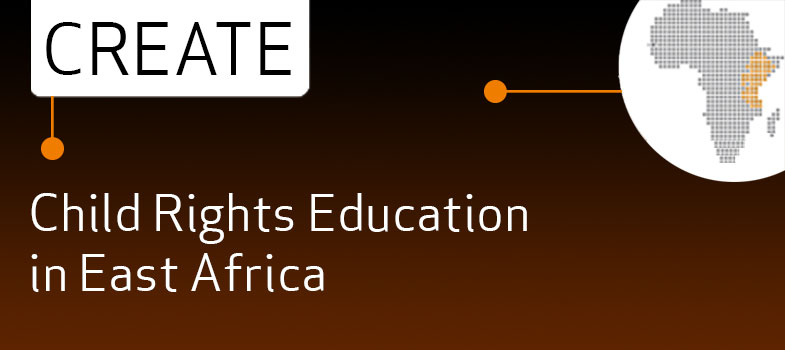3.12 Answers to activities
Activity 3.1: Mobilising for birth registration
- You may already have known that it is Article 7 of the UN Convention (and Article 6 of the African Charter) that specifies that every child has the right to be registered at birth without any discrimination.
- This is seen as vital because birth registration is central to ensuring that children are counted and have access to basic services such as health, social security and education. However, you may also be aware that in some countries the level of registration of children under five is very low.
If this is an issue where you work, then as a health worker you may be in a position to influence this because you work with pregnant women and parents of young children. You can raise awareness of the importance of birth registration with individual mothers, but you can have far more effect if you get involved in making the wider community aware of the importance of the issue and mobilising their resources. In this way, universal registration is much more likely to be achieved.
In fact, successful birth registration campaigns have been run in many communities through a strong community mobilisation strategy. It is important to understand why registration numbers are so low to begin with and research shows that it can be for a variety of reasons, such as, the cost of registration and long distances to the Registry Office. But it can also be a lack of knowledge about the importance of birth registration and you can play a role here in raising public awareness in the community.
For example:
- In one community, an important part of trying to increase the rate of birth registration was a community-based social mobilisation strategy to inform families and communities of the benefits of birth registration, with a specific focus on the registration of orphaned and vulnerable children.
- The nationwide birth registration programme registered over four million children.
- Subsequently community members were trained on birth registration procedures so they can work in close collaboration with a range of service providers such as hospitals and schools at the community level.
The support of community leadership and the involvement of community committees was crucial to ensuring the increase in demand for birth registration.
Activity 3.4: Case study
- Looking back at the cycle, you have already taken the first step, which is the identification of an issue. This is an important health issue and, as these children are discriminated against, an important children’s rights issue as well. And while health workers might be able to help individual children, a more substantial change could be achieved if the community could be mobilised.
- Although you have identified an issue, previous requests for better access to health care seem to have been unsuccessful, so just telling the community this is a problem they must do something about, is unlikely to meet with success. You have learned that strategies are needed to work with the community to help them understand the issues and get them to accept that this is a problem that the community should tackle
Because this is an issue of discrimination and prejudice, it is likely that there will be some resistance for you to overcome. You will probably already know this because of your work on ‘Knowing your community’. The most important issue here might be opening up a sensitive discussion about HIV in general and the stigma that surrounds it.
Strategies you could use might include involving members of the community, as early as possible, in discussing the problem to try and encourage participation, and perhaps organising a meeting to explain why you think the community should respond to the children’s needs. Knowing your community will also help in identifying the key people who need to be involved or influenced to enable an effective community plan.
3.11 Self-assessment questions
